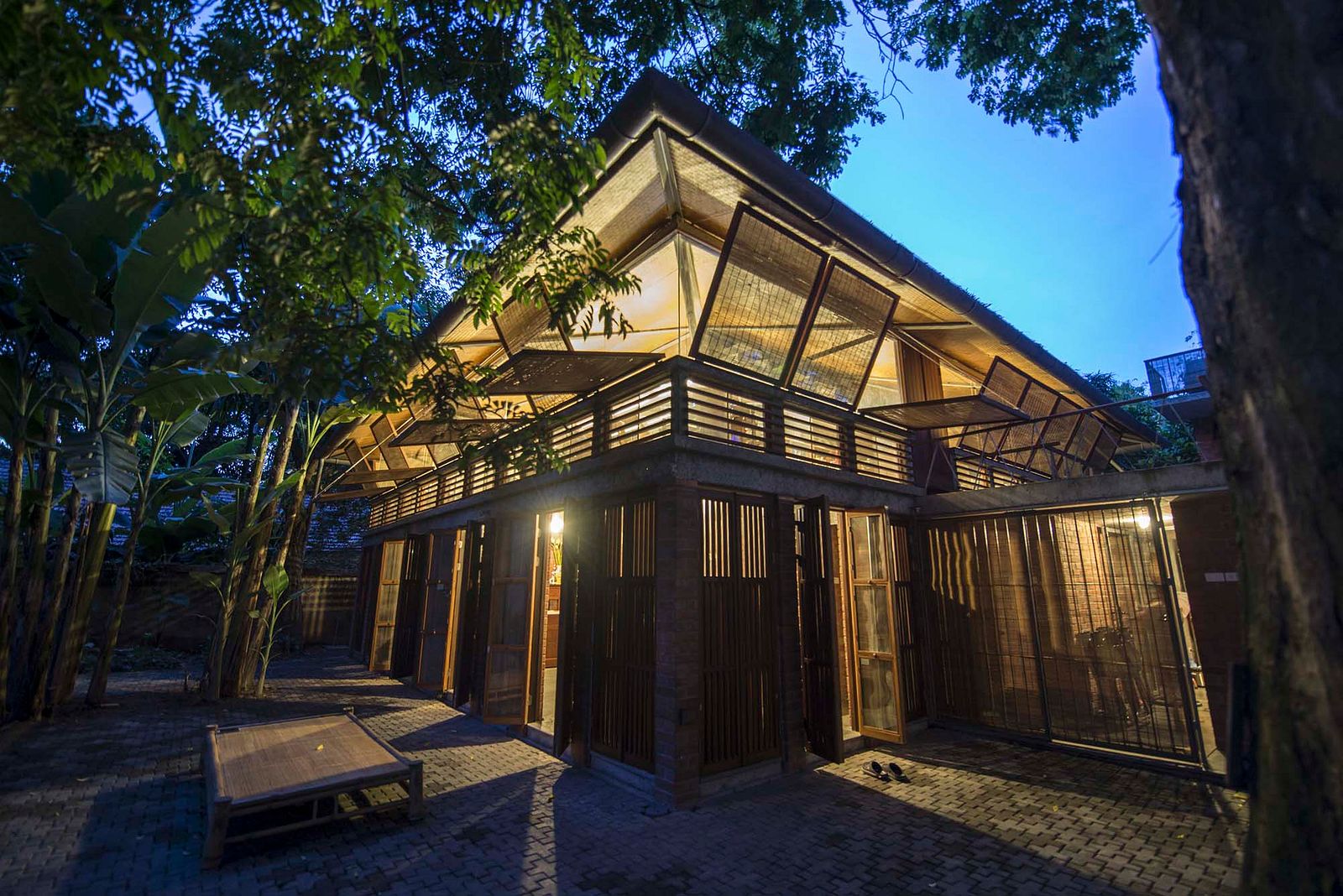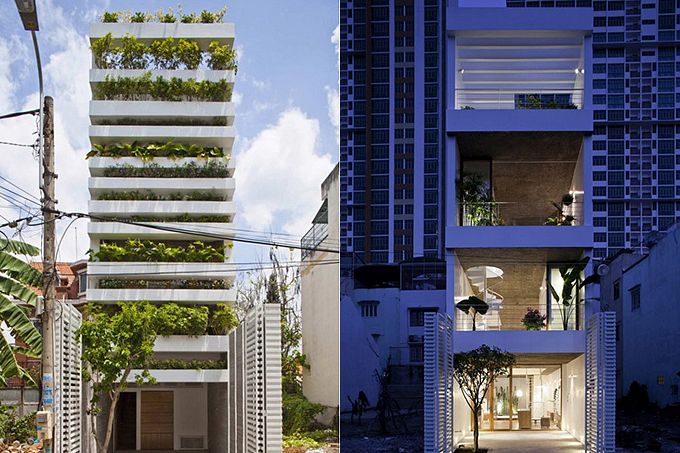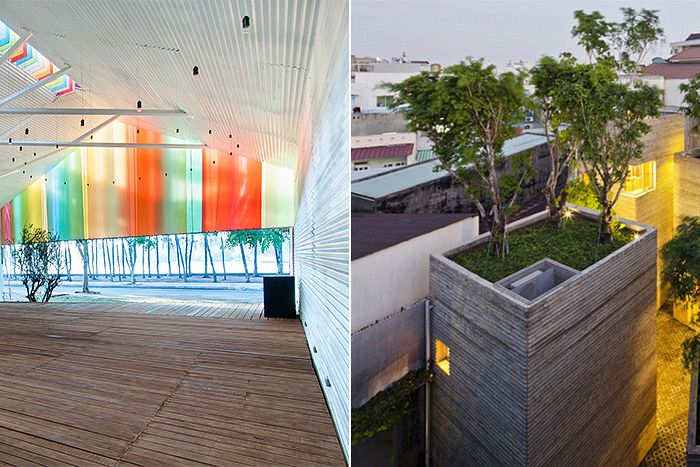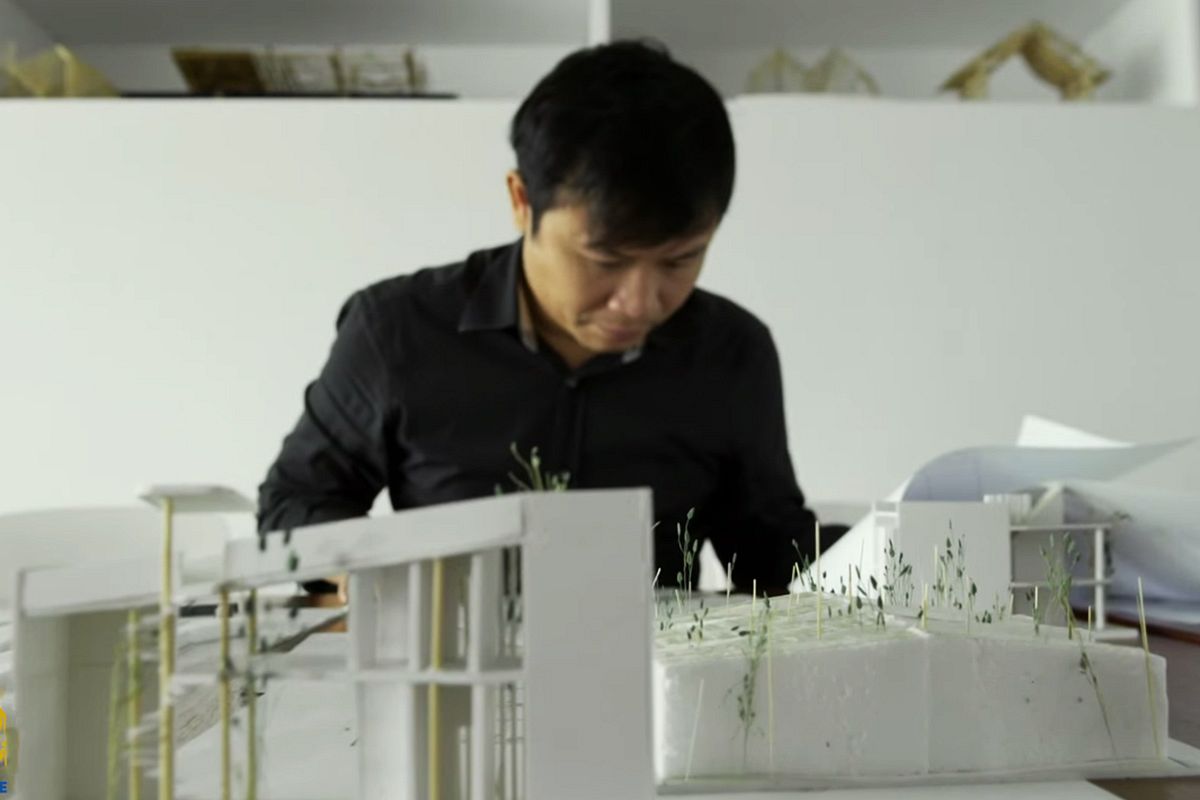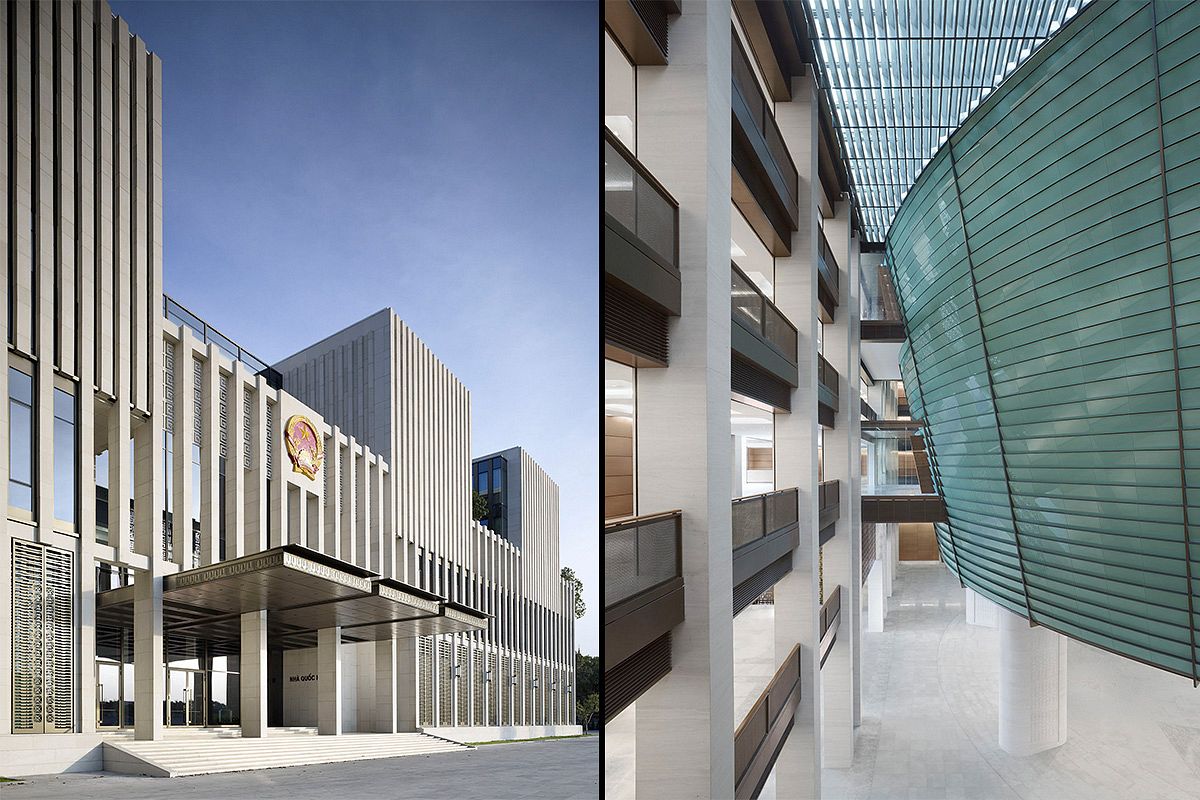Like the European empires of France, Britain, Spain and the Netherlands, Japan once occupied wide swaths of Asia, imposing its military and cultural influence over its colonies.
With increased military and economic might as a result of the Meiji Restoration (1868 - 1912), the land of the rising sun expanded it imperial footprint from northern China to Singapore.
Like other empires, Japan’s consolidation of power was accomplished through the subjection of local populations, often by brute force. But it was Korea, where Japan first flexed its newfound imperial muscle (starting in 1876), that its influence was most deeply felt.
The colonial administration banned Korean-language newspapers, instituted an education system modeled after the Japanese school system, forced 450,000 Korean men into involuntary servitude and up to 200,000 women into sexual slavery.
While this all ended with the fall of the Japanese Empire in 1945, physical remnants of occupation are still visible to this day.
Across its former imperial holdings, architectural fragments of Japanese domination lasted for decades, though much of it has been swept away by the tides of modernization, especially in Taiwan and Hong Kong.
However, many of these buildings have been destroyed due in part to both development and nationalism (see the Japanese governor general's office), a significant but dwindling number of these structures still exist in both North and South Korea, from shop houses to grand, neo-classical stone government buildings.
Here is a collection of some survivors (as of 2007) taken by Flickr user Moravius.

Chinhae Post Office.

Chinhae streets.

Former Bank of Korea, Seoul.

Former Japanese garrison, Sinuiju.

Former Japanese houses, Pusan.

Former Japanese residence, Sin'gye-dong, Seoul.

Former Japanese villa, Wonsan.

Former Japanese warehouse, Pusan.

Former Pumin-gwan, Seoul.

Former Pyongyang Public Hall.

Japanese corner house, Chinhae.

Japanese-style house, Pusan.

Japanese-style houses, Pusan.

Japanese-style houses, Chinhae.

Japanese-style window in Sin'gye-dong, Seoul.

Namdaemun Street no.134, Seoul.

Old and new residences in Sin'gye-dong, Seoul.

Party Founding Museum, Pyongyang.

Portal, Chinhae Post Office.

Pyongyang Medical University Hospital.

Pyongyang Medical University.

Seoul City Hall.

Seoul Station.

Taedong Bridge, Pyongyang.

Wonsan Revolutionary Museum.


